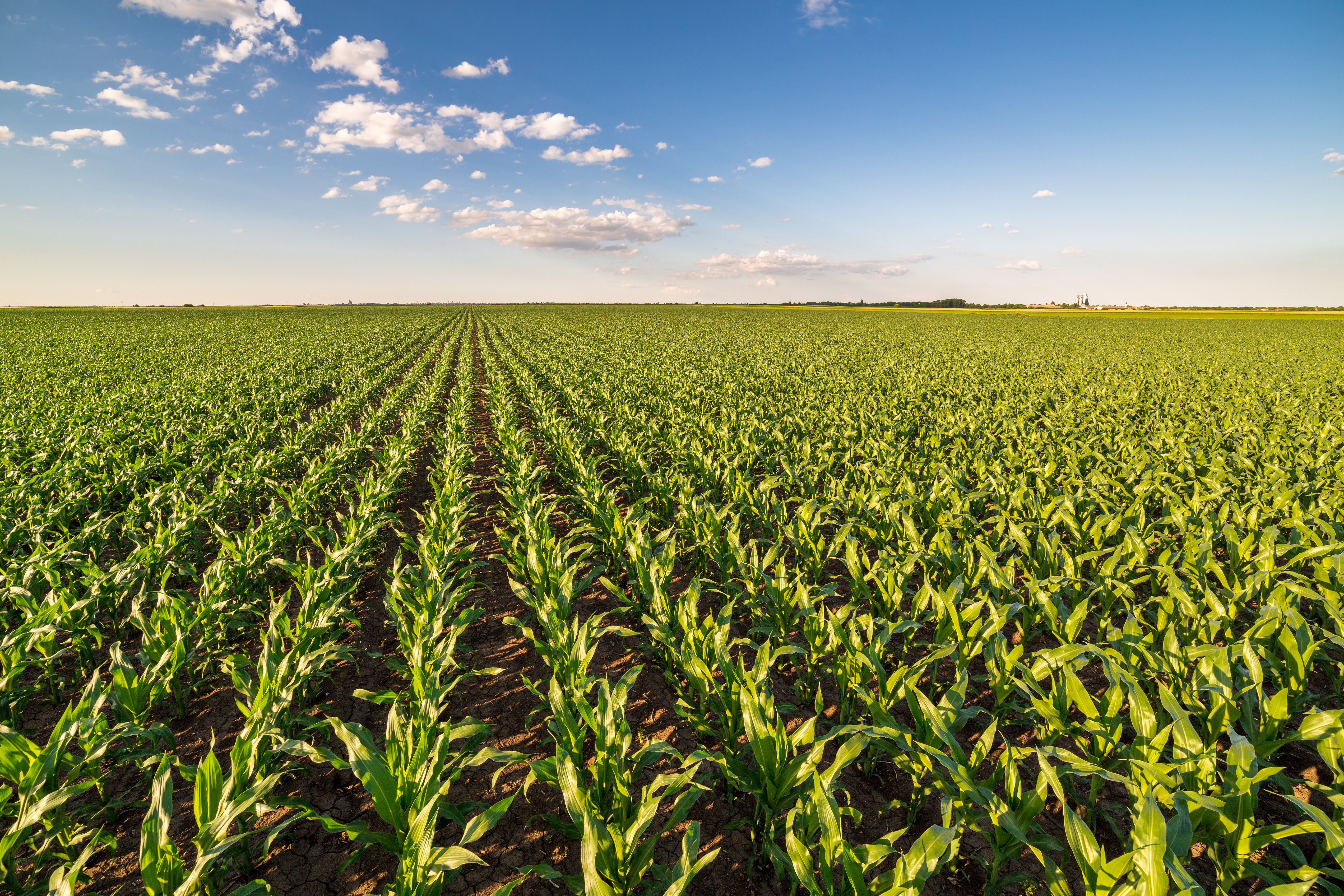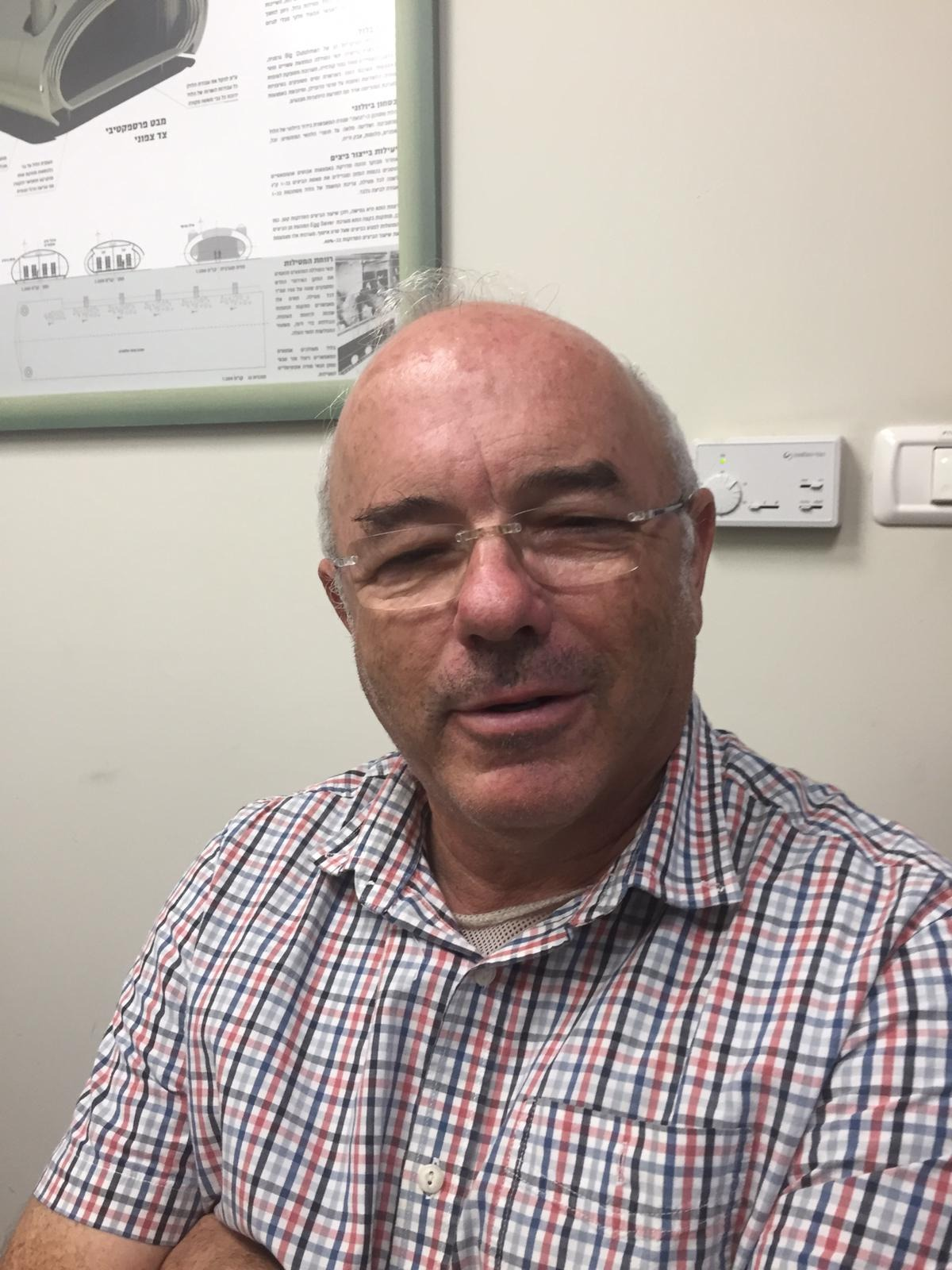



Does poultry growing pose a real threat to the world?
In recent years, I have sometimes found myself a bit embarrassed to be connected to the poultry industry. I was a proud broiler grower for many years and later became a poultry consultant. As awareness of sustainability and global warming grow, I have begun to have a strange feeling that I am on the wrong side of history.
The latest reminder came recently with the publishing of a special report on climate change and land by the Intergovernmental Panel on Climate Change (IPCC), which called on the world’s population to cut meat consumption.

The report strengthens the general assumption that meat is an inefficient way of feeding people as it takes more grain to feed animals to make meat than would be required if people just ate the grain directly. Thus, it wastes resources, valuable water, and contributes to world hunger and global warming.
For a long time, I had accepted this narrative without really thinking about it. Then I recalled Antoine Lavoisier’s 1785 rule of conservation of mass – “matter cannot be created or destroyed.” I suddenly thought that if the feed conversion of broilers is 1.7 (ie, it takes 1.7kg of feed to produce 1kg of chicken meat), where did the other 700 gram go?
What happened to the grain that did not become chicken meat? Has it all been destroyed? Could one assume that it has all become greenhouse gasses?
It may be true that eating poultry is wasteful, but on the other hand there are hungry people all over the world who need to be fed. The first intuitive thought is that since growing poultry produces less meat than the original feed, it must be that eating meat is contributing to global hunger.
The truth, however, is that, at least in 2019, there is no shortage of food in the world. The world currently produces more than enough food to feed everyone. Yet, 815 million people (roughly 11 percent of the global population) went hungry in 2016.
The problem does not arise from a world shortage of food which leads to higher prices everywhere, but from specific distribution problems.

According to the UN Food and Agriculture Organization, international food prices are at a historic low. The World Food Programme of the UN listed 34 countries that needed food aid in 2017. Almost all are in conflict areas such as the Horn of Africa or failed states.
The claim that the world will soon run out of food has been made constantly since the Reverend Thomas Robert Malthus expounded his doctrine in 1798. When this was written the world population was about 1 billion. Now, 220 years later, it is 7 billion and food is more plentiful than ever. The world population is expected to stabilise in 2050 at around 9 billion, so there seems to be no reason why technological and organisational improvements in agriculture will not be able to bridge this gap.
Returning to global warming, we must remember the positive benefit of growing maize as animal feed. According to the United States Department of Agriculture (USDA), one acre of corn removes 8 tons of CO2 from the air per season. As this plant is “inhaling” CO2, it is “exhaling” O2 and one corn acre produces enough to supply oxygen to 131 people for a year.
Last year, American farmers planted 88 million acres of corn, which is enough oxygen for more than a billion people. If we grew less corn, there would be more CO2 in the atmosphere and less oxygen.
So, if it takes 2.5kg of feed to produce one kg of processed chicken meat where do the other 1.5kg go? I started wondering about this as I became involved in projects connected to the “circular economy.”
"In the circular economy the droppings are not waste, but a source of energy, fertiliser and protein."
-Stanley Kaye-
As a poultry farmer I tended to think in linear terms: input is feed, output is meat and everything else is waste.
The circular economy looks at flows. In simple terms, this means that there are two outputs from a poultry farm - meat and droppings. In the circular economy the droppings are not waste, but a source of energy, fertiliser and protein. The same is true of the mortality and waste products from the slaughterhouse and processing plant.
Energy can be derived from the litter by either burning it in special systems or producing biogas. In both cases, there will be production of energy and the remains after the treatment will be good fertiliser. Which system is appropriate depends on many factors including climate and the economic value of the energy (electricity, gas, hot water) that is produced. Alternatively, the waste can be composted directly to produce organic fertiliser.
In all these cases, we can see that by returning the fertiliser to the land in a managed way, the soil will constantly improve, leading to higher yields.
Many of the technologies to implement the circular economy for poultry meat and eggs are already in place. We know that generating electricity from coal pollutes and contributes to global warming. The best solution for this problem is to generate clean electricity (wind, solar, etc) rather than do without.
Similarly, for poultry meat (and eggs) the solution is to utilise all the by-products (and maybe generate clean electricity at the same time).
The feed conversion rate has fallen rapidly over the last few decades as a host of new technologies come onto the market. I think the day is near when growing chicken can be close to carbon neutral, if not better.









